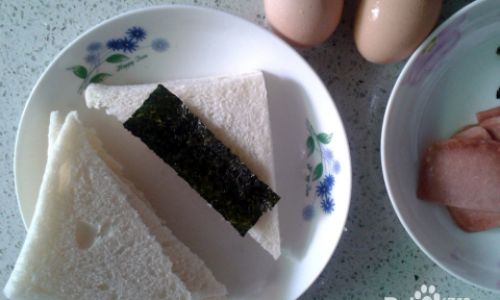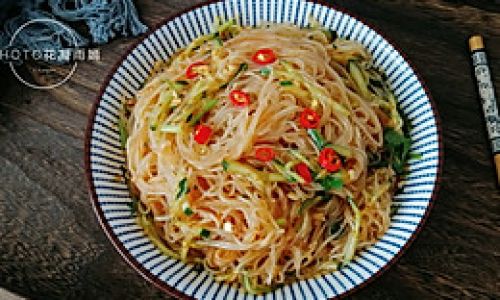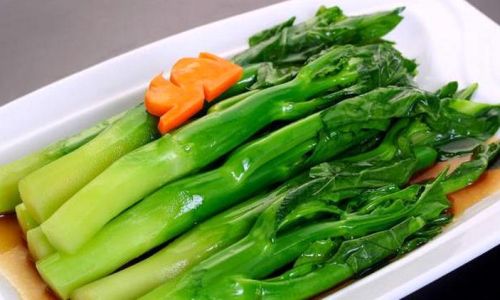Introduction
French toast, also known as pain perdu or “lost bread” in French, is a timeless breakfast delight that combines the comfort of crispy, golden-brown toast with the indulgence of creamy, sweet custard. While the basic concept is straightforward, achieving the ultimate French toast—one that balances perfect crispiness with a tender, creamy interior—requires a blend of precision, patience, and a touch of culinary creativity. This comprehensive guide will walk you through every step of making the ultimate French toast, also known as the Supreme French Toast, ensuring that your morning meal is nothing short of regal.

Section 1: Understanding the Ingredients
Before diving into the recipe, let’s explore the key ingredients and their roles in creating the perfect French toast.
1 Bread Choices
The foundation of any French toast is, of course, the bread. Different types of bread will yield vastly different results. Here are some popular options:
- Brioche: Known for its rich, buttery flavor and soft texture, brioche is an excellent choice for French toast. It absorbs the custard well and stays moist even after baking.
- Challah: This braided Jewish bread is similar to brioche but slightly less rich. It has a tender crumb and a slightly firm crust, making it ideal for soaking up custard.
- Texas Toast: Thick slices of bread, often slightly toasted before use, can hold a lot of custard and provide a hearty base.
- Sourdough: For a unique flavor profile, sourdough bread adds a tangy, slightly sour note to your French toast. Its dense texture also means it can handle a generous soaking.
2 Dairy Products
The custard is the heart of French toast, and dairy plays a crucial role.
- Whole Milk: Provides a rich, creamy base for the custard.
- Heavy Cream: Adds a luxurious texture and a deeper flavor.
- Eggs: Bind the custard and provide structure. The more eggs, the richer and thicker the custard will be.
- Butter: For frying, ensuring a golden-brown crust. Use unsalted butter to better control the seasoning.
3 Sweeteners and Flavorings
- Granulated Sugar: The classic sweetener, providing a balanced sweetness to the custard.
- Maple Syrup or Honey: While not traditional in the custard, these can be drizzled over the top for an added layer of sweetness.
- Vanilla Extract: Adds depth and complexity to the custard.
- Cinnamon and Nutmeg: Ground spices can be mixed into the custard for a warm, aromatic flavor.
4 Optional Enhancements
- Whipped Cream: For a dollop of indulgence.
- Fresh Berries: Strawberries, blueberries, or raspberries can be served alongside or mixed into the custard.
- Powdered Sugar: For a dusting of elegance.
- Zest of Lemon or Orange: Adds a refreshing citrus note.
Section 2: Preparing the Bread
The preparation of the bread is crucial for achieving the perfect texture in your French toast.
1 Slicing the Bread
- Use a sharp knife to slice the bread into even, 1-inch thick pieces. This ensures uniform cooking and soaking.
- Avoid slicing the bread too thin, as it will become overly crispy and may not hold enough custard.
2 Staling the Bread (Optional but Recommended)
-Stale bread, or bread that has been left out for a day or two, is slightly dried out and can absorb more custard. If you’re using fresh bread, you can lightly toast the slices in the oven or toaster to achieve a similar effect.
Section 3: Making the Custard
The custard is the magic that transforms plain bread into luxurious French toast.
1 Ingredients List
- 4 large eggs
- 1 cup whole milk
- 1/2 cup heavy cream
- 1/4 cup granulated sugar
- 1 teaspoon vanilla extract
- A pinch of salt
- Optional: 1/2 teaspoon ground cinnamon and/or nutmeg
2 Instructions
- Combine Ingredients: In a large mixing bowl, whisk together the eggs, milk, heavy cream, sugar, vanilla extract, and salt. If using, add the cinnamon and nutmeg.
- Consistency Check: The custard should be smooth and pourable,类似于薄奶油的稠度. If it’s too thick, add a little more milk. If it’s too thin, add a bit more egg or cream.
- Soaking the Bread: Preheat your griddle or frying pan over medium heat. Place the sliced bread into the custard, ensuring each piece is fully submerged. Let the bread soak for about 2-3 minutes per side, flipping once. The bread should be saturated but not falling apart.
Section 4: Cooking the French Toast
Now, it’s time to transform your soaked bread into golden-brown perfection.
1 Preparing the Pan
- Add 2-3 tablespoons of unsalted butter to your preheated griddle or frying pan. Let it melt and coat the bottom evenly.
- Ensure the butter is hot but not smoking. If it starts to smoke, reduce the heat slightly.
2 Cooking Process
- First Side: Place the soaked bread slices onto the griddle. Cook for about 3-4 minutes, or until the edges start to brown and the bottom is golden.
- Flipping: Carefully flip the slices with a spatula. Add another tablespoon of butter to the pan if needed. Cook for an additional 3-4 minutes on the second side.
- Checking for Doneness: Press down lightly on the slices with the spatula to ensure even cooking. The internal temperature should reach 160°F (70°C) to ensure the custard is fully set.
3 Keeping Warm
- If you’re cooking multiple batches, keep the finished slices warm in a preheated oven at 200°F (95°C) on a baking sheet lined with parchment paper.
Section 5: Serving the Ultimate French Toast
The final touch is what elevates your French toast from good to great.
1 Toppings and Garnishes
- Classic Butter and Syrup: A dollop of butter and a generous pour of maple syrup or honey are timeless favorites.
- Whipped Cream and Berries: For a more indulgent treat, top with whipped cream and fresh berries.
- Powdered Sugar: A light dusting adds a touch of elegance.
- Nut Butter: A drizzle of nut butter, like almond or hazelnut, adds a rich, nutty flavor.
- Yogurt and Honey: For a healthier twist, serve with a dollop of Greek yogurt and a drizzle of honey.
2 Presentation
- Plate the French toast slices on warm plates to maintain the temperature.
- Arrange toppings artistically for a visually appealing presentation.
- Garnish with fresh mint leaves or a sprinkle of edible flowers for an added touch of sophistication.
Section 6: Troubleshooting and Tips
Even the best chefs encounter challenges. Here are some common issues and solutions to ensure your French toast is always perfect.
1 Soggy French Toast
- Solution: Ensure the bread is fully soaked but not oversaturated. Pat off any excess custard before cooking.
2 Dry or Crumbly Interior
- Solution: Increase the soaking time or use a richer custard with more eggs and cream.
3 Uneven Cooking
- Solution: Use a griddle or large frying pan to ensure even heat distribution. Adjust the heat as needed to prevent burning.
4 Custard Not Setting
- Solution: Ensure the internal temperature reaches 160°F (70°C). Use a thermometer to check if necessary.
5 General Tips
- Preheat Your Pan: Always preheat your griddle or frying pan to ensure an immediate, even cooking surface.
- Use High-Quality Ingredients: The quality of your ingredients will directly impact the flavor of your French toast.
- Don’t Overcrowd the Pan: Cook in batches to maintain an even cooking temperature.
- Resting Time: Let the cooked French toast rest for a minute or two before serving to allow the custard to set further.
Conclusion
Making the ultimate French toast is a blend of art and science. By understanding the role of each ingredient, preparing the bread correctly, crafting a perfect custard, and mastering the cooking process, you can transform a simple slice of bread into a regal breakfast treat. Whether you’re serving it to family on a lazy Sunday morning or impressing guests at a brunch party, the Supreme French Toast will leave everyone satisfied and asking for the recipe.
Remember, the beauty of French toast lies





0 comments